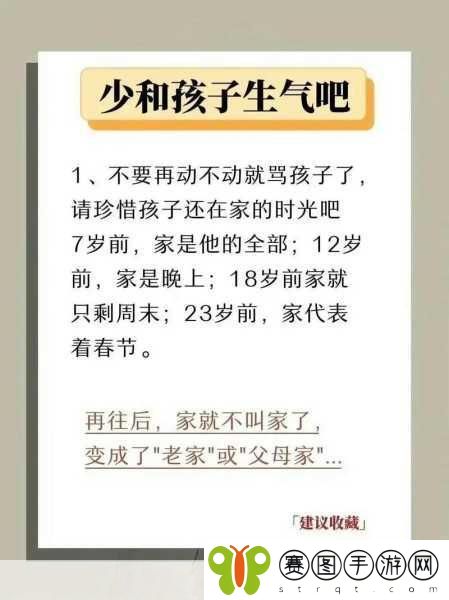人类繁衍的生物学原理
生命在地球上以多种形式存在,而繁衍则是确保这些生命延续的基本方式。无论是植物、动物还是微生物,繁殖都是它们与环境互动的重要部分。在课本中,我们常常看到关于有性和无性繁殖的理论,但当一位生物老师用自己作为例子时,这不仅使得抽象概念变得具体,同时也让学生对这个话题产生了更深刻的理解。
有性繁殖:从基因到个体
有性繁殖涉及两种不同遗传材料的结合,其结果是一种新的个体。这就如同在人类社会中交友结婚,伴侣之间相互影响,共同创造出一个全新的家庭。当这位老师讲述自己的生活经历时,她描绘了如何选择伴侣,以及他们怎样通过共同努力来抚养孩子。从细胞层面来看,人类**与**的结合形成受精卵,再经过不断分裂发育成为一个完整的人。这段过程展示了基因如何在新一代身上发挥作用,也体现了一定程度上的随机性,使每个人都有独特之处。

无性繁殖:简单而高效
另一种重要的生命周期策略是无性繁殖,它依赖于单一亲本生成后代,例如某些植物可以通过根茎或芽进行克隆。这位教师提到了课堂上观察到的一些实验现象,比如水草如何快速扩张,占据整个池塘空间。这反映出自然界中的某些适应机制,以便迅速占领资源并增加存活机会。尽管这种方法看似简单,却能有效提高个体数量,不断增强群体竞争力。
生态系统中的角色定位
人与自然息息相关,在生态系统内,每一种生物都扮演着独特且不可替代的位置。一名为其家人提供食物庇护的人,与负责授粉或者捕食害虫的小鸟一样,都各司其职。而这一点正好呼应了该教师所讲解的生态平衡的重要概念。有时候,一个小变化可能会导致连锁反应,从而影响整个社区。因此,让学生认识到,自然法则和社会规则其实是在许多方面相通,也是教育的重要目标之一。

The Role of Environment in Reproduction Strategies
This teacher emphasized how different environments can influence reproductive strategies. For example, organisms living in harsh conditions may adapt by producing numerous offspring to ensure that at least some survive adversity. This concept extends beyond biology into real-life scenarios where individuals must make choices based on their surroundings and available resources. By sharing personal anecdotes about navigating life challenges, the instructor illustrates resilience and adaptability through storytelling.
The Impact of Technology on Human Reproduction
The introduction of modern technology has dramatically changed human reproduction methods as well. In vitro fertilization (IVF), genetic screening, and even cloning are now part of a broader conversation around what it means to be a parent or contribute to future generations. Educators play an essential role in discussing these advancements with students so they understand both biological implications and ethical considerations involved.








